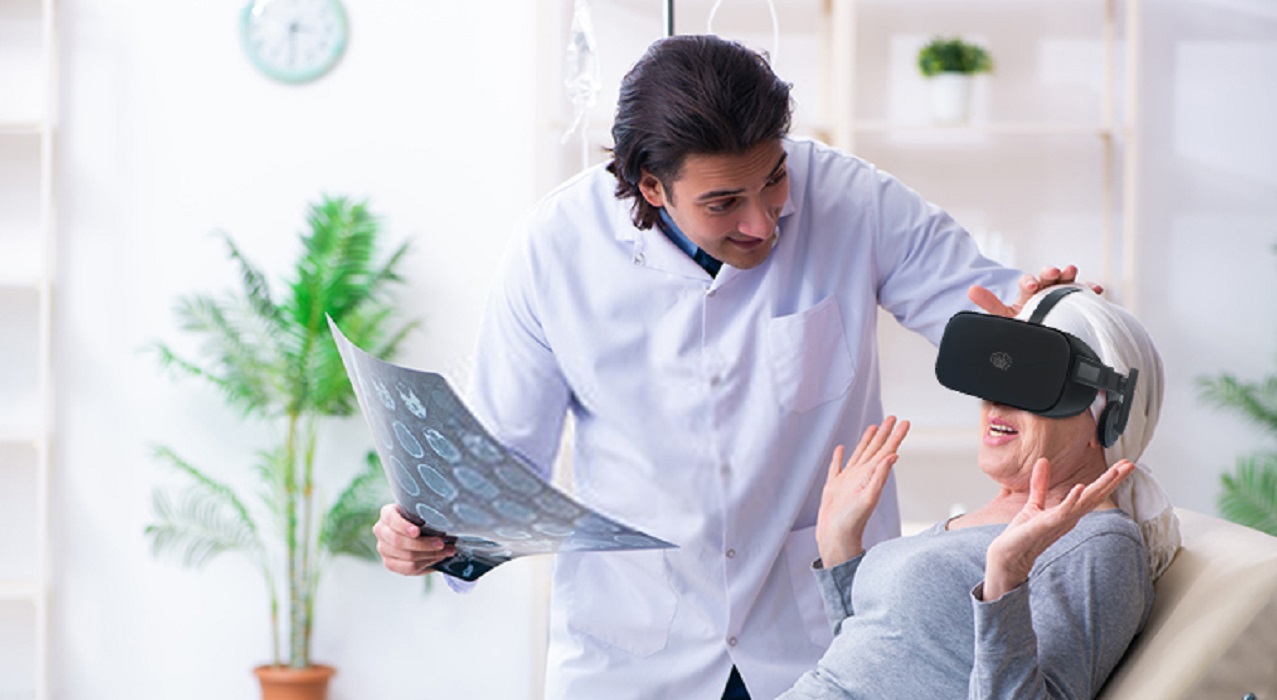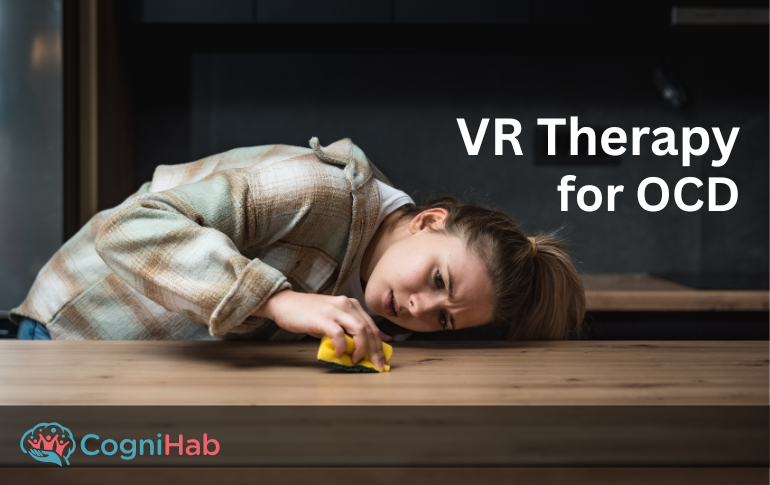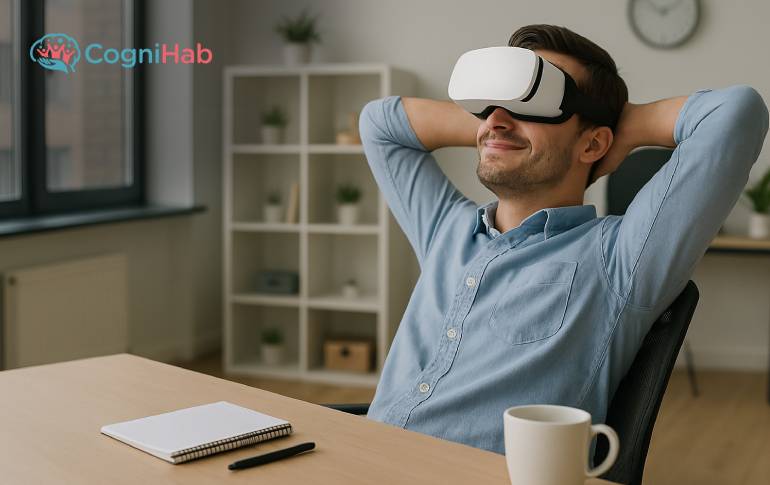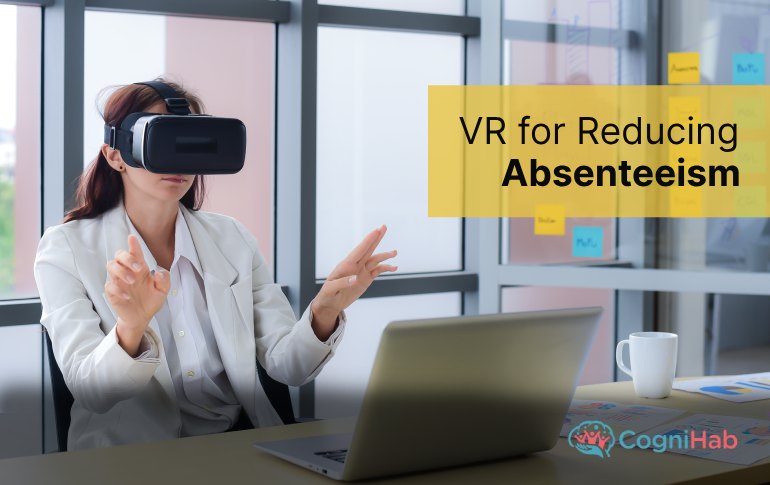How VR is Transforming Cancer Studies
Cancer is one of the most prevalent diseases in the world. More than the disease, it is the stigma and the fear associated with it which troubles the patient more.
One of the emerging technologies in the healthcare sector, particularly in cancer studies, is Virtual Reality which factors in the comfort of the patient.
Virtual reality for chemo patients is not only meant to educate and treat the patients but, also helps the doctors to train, test, and diagnose their patients.
Healthcare companies around the world have created VR-based cancer rehabilitation modules for the same.
Here are 8 examples of how VR is transforming cancer studies.
1. Medical Imaging using VR
In the case of a cancer patient, the support staff and the doctor need to be well informed about the cancer spread, the body part affected due to cancer so that they can treat the patient better and make informed decisions.
One of the most important things for the doctor to see in a cancerous patient is to view where cancer has originated and how it has impacted the body part.
Till now, without the widespread use of VR technology, the doctors would understand it through an imaging paper, but with VR they can actually view it in 3D.
They can move the part, right, left, up, and down according to their viewing needs, take a look inside the model to check the details. VR creates the exact model of the affected part in 3D so that it becomes easier for the doctor to comprehend the exact facts.
He/She may now be fully aware of the situation and therefore takes a well-informed decision.
2. Stress Relief
VR is known for making relaxing journeys. These journeys are so immersive that the patient may forget about his/her pain, and may focus on the incredible experience he is having inside a VR headset.
Before undergoing chemotherapy, the patient is under a lot of stress so the patient may opt to watch a VR journey to calm himself. These pre-chemo relaxation VR journeys work as a therapy for depression and anxiety and are proven to bring the anxiety level down by 60% in just 8 mins.
3. Pre-operative planning
Doctors nowadays want to be more than 100% prepared for their surgeries. Therefore they train themselves in a VR environment first for practice.
In a VR environment, a simulation of the whole surgery is available where the doctor can look at the body part thoroughly, perform the necessary functions using VR controllers (which act as the hands of the doctor).
Related post: How AR/VR Technology Could Change the Future of Surgery
4. Improving patient comfort
Staying in a hospital until the treatment ends can become a burden on the patient as he is away from his home, away from his relatives and also there is no interaction from the outside world.
In this scenario, VR takes him to different places around the world. He can find himself playing with snow in the snowy hills, he can find himself swimming with dolphins underwater, he can find himself on a trek to the mountains.
Viewing these experiences on VR takes that load off the patient’s mind.
5. Treatment Awareness
By providing education through VR, the patient is more aware and is able to comprehend more.
The patient can see what exactly goes on in the body when the cancer cells take over, they can see the affected body part and the abnormalities it has caused, they can also see the surgery to be performed in advance, what is exactly going to happen to his/her body part when the surgery is performed which makes the patient less scared before the operation.
Also, patients are made to experience VR journeys to make them aware of the process by which the medicines will affect their cancer and how it will help in curing the disease.
Also read: Role of VR in Supporting Cancer Patients
6. Reducing Opioids intake
Cancer patients are prescribed a lot of drugs to control their pain. These drugs are known to have various side effects like hair loss, weight loss. These drugs are generally given to reduce the level of pain.
But what if there was another solution to bring down the pain. VR games, exercises, journeys are an escape to a free, unreal world where the patient is less worried about his pain and more concentrated on what he is experiencing.
7. Pain management
Virtual reality pain management through its games and exercises for cancer patients helps bring own the pain levels in the body. These games and exercises are fun and engaging, they help in regaining the functions of the body parts.
For example, if a patient is asked to raise his hand 50 times, as a part of the exercise, and then, on the other hand, he is asked to throw a basketball into a basket and beat his score inside a VR headset, he definitely would choose the latter because it becomes engaging and there is motivation to play and increased zeal to perform the exercise.
8. Post-Surgery Rehabilitation
Post-Surgery rehabilitation includes the exercises the patient needs to perform for better movement in the affected body part.
For example, in the case of breast cancer surgery, the shoulder movement is affected. Therefore it is important that the patient performs shoulder exercises on a daily routine and for the given number of hours. One such exercise is boxing in VR.
It involves punches in the forward direction, straightening your arm, and repeating it multiple times.
Since this process is long, VR makes these activities a fun way so the patient is engrossed doing these activities without even realizing that he is also getting better. It also speeds up the recovery process.







